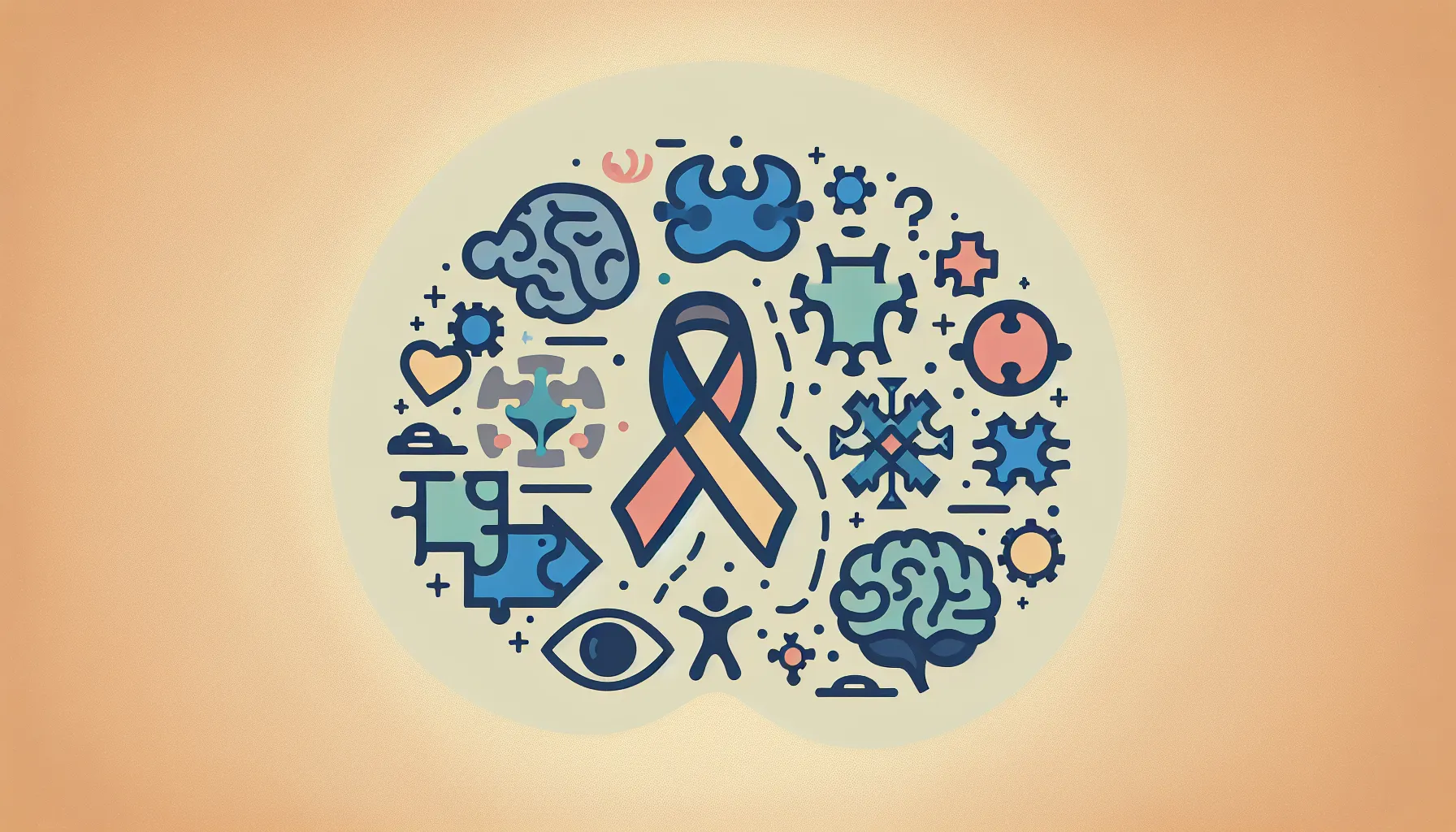How to identify triggers for challenging behavior
Understanding the Roots of Challenging Behavior: A Key to Better Management

Introduction to Recognizing Behavioral Triggers
Identifying triggers for challenging behavior is essential for effective management and intervention. By understanding what prompts a child's difficult actions, caregivers and professionals can develop tailored strategies that promote positive outcomes and reduce instances of problem behaviors. This article explores the various aspects of trigger identification, including assessment tools, environmental factors, and emotional components, supported by research and practical examples.
The Importance of Recognizing Triggers in Challenging Behavior
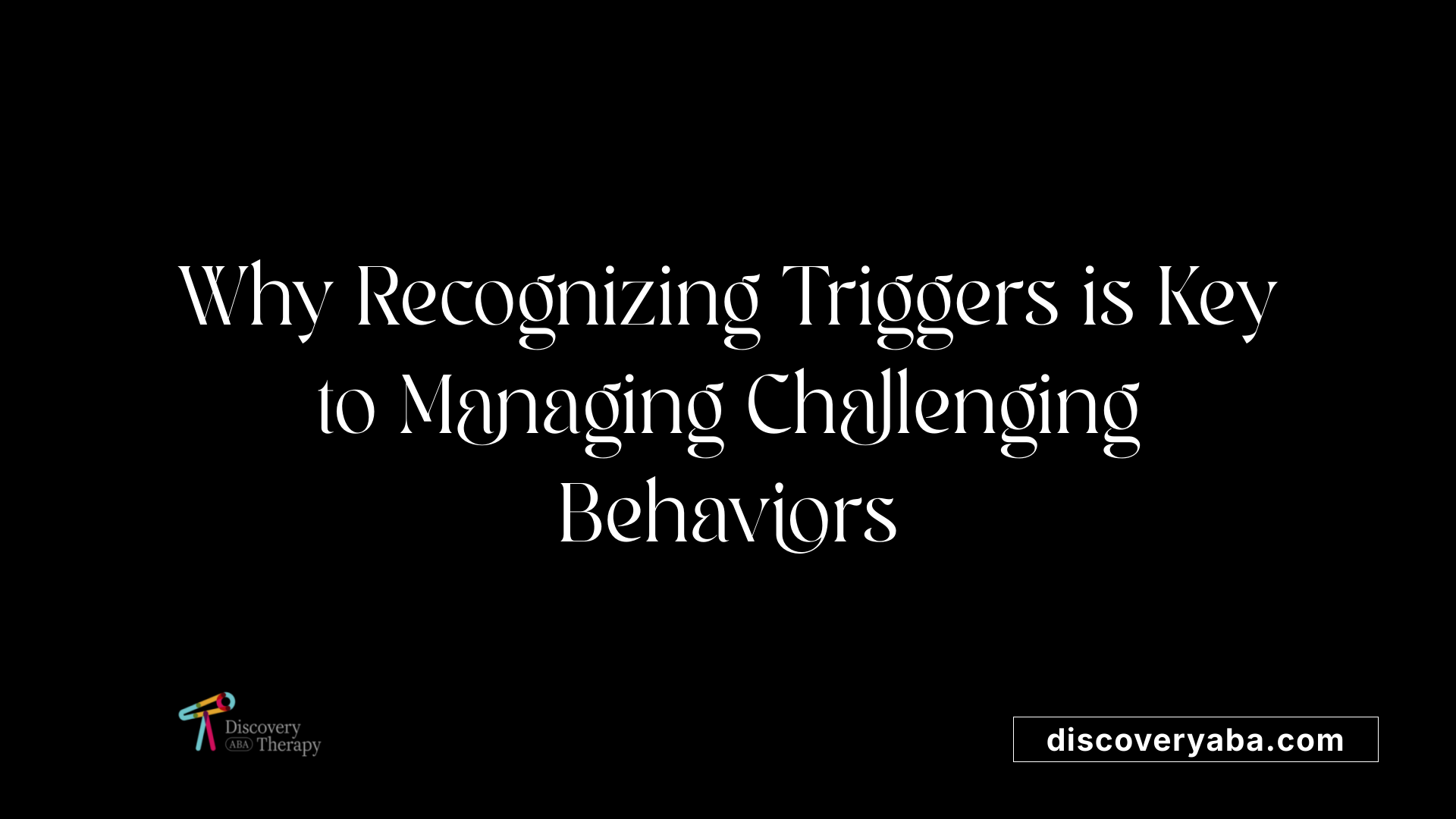
Why is understanding triggers important?
Recognizing triggers in challenging behavior is crucial because most problematic actions are a response to specific situations, feelings, or environmental stimuli. When caregivers and professionals identify these triggers, they can implement targeted strategies to prevent or lessen the behavior. Understanding triggers also helps in creating supportive environments that meet the individual’s needs, reducing frustration and promoting positive interactions.
By pinpointing what causes a challenging episode, caregivers can intervene early and help individuals develop better coping skills. This not only improves behavior but also enhances overall well-being, safety, and learning opportunities.
The role of triggers in behavioral development
Triggers influence how behaviors develop over time. When a child or adult consistently encounters certain triggers without appropriate support, they may learn to rely on challenging behaviors as a way of communicating needs or escaping uncomfortable situations. For example, a person overwhelmed by noise may scream to seek relief.
Understanding triggers helps to unravel the reasons behind behaviors, especially those that seem purposeless or disruptive. It allows caregivers to modify environmental factors and teach alternative, more adaptive responses.
Furthermore, recognizing triggers provides insight into the functions of behaviors—whether they are aimed at gaining attention, escaping demands, or self-stimulation. This understanding informs the design of effective, personalized support plans.
How triggers influence the acting-out cycle
The acting-out cycle is a sequence of escalation that begins with a trigger. It often follows these stages:
| Stage | Description | How Trigger Plays a Role |
|---|---|---|
| Calm | Person is at baseline, cooperative | No trigger active yet |
| Agitation | Early signs of discomfort or stress | A trigger is introduced or intensifies |
| Acceleration | Behavior escalates—yelling, hitting | Trigger has not been addressed |
| Peak | Outbursts occur, behaviors are intense | Trigger has culminated in loss of control |
| De-escalation | Beginnings of calming down | Intervention helps reduce stress |
| Recovery | Returning to baseline | Trigger was managed or removed |
| Calm | Stable again | Reinforces the importance of trigger management |
Recognizing the trigger early during the initial stages can prevent escalation. When the trigger is managed promptly, it can abort the cycle, reducing distress and potential harm.
How to identify triggers for challenging behavior
Identifying triggers involves careful observation and record-keeping. Strategies include:
- Using ABC charts to track Antecedents, Behaviors, and Consequences.
- Noting the time of day, location, and people present.
- recognizing patterns such as reactions to specific instructions or environmental changes.
- Observing physical signs of distress or emotional cues.
- Documenting preceding events, physical needs, and environmental factors.
Caregivers should maintain patience, as recognizing triggers can take time and may require monitoring over weeks.
Strategies for addressing triggers
Once triggers are identified, various methods can be employed:
- Environmental modifications: such as reducing noise, adjusting lighting, or scheduling activities at quieter times.
- Predictable routines and visual supports: like visual schedules and countdown timers to prepare the individual for transitions.
- Teaching coping skills: including deep breathing or using words to express needs.
- Providing choices: empowering individuals and reducing frustration.
- Consistent responses: ensuring everyone reacts similarly to certain triggers.
In situations where triggers are unavoidable, caregivers can prepare the individual by priming them ahead of encounters that may cause distress.
Recognizing triggers effectively
Effective recognition combines careful observation, documentation, and understanding individual differences. Tips include:
- Keeping a behavior diary or ABC chart.
- Watching for subtle signs of distress or frustration.
- Reviewing patterns over time to find common antecedents.
- Collaborating with other caregivers, teachers, or therapists to gather comprehensive insights.
- Tailoring interventions to each individual’s unique sensitivities and needs.
Building an understanding of triggers fosters a proactive approach, reducing the frequency and intensity of challenging behaviors.
Understanding the acting-out cycle
The acting-out cycle explains how behavior escalates in response to triggers. Recognizing when a person is in the early phases of agitation or escalation allows for timely intervention.
Responding early—through calming techniques or environmental adjustments—can halt the cycle and help the individual regain control.
In summary, recognizing triggers is fundamental to managing and reducing challenging behavior. It involves a combination of vigilant observation, detailed record-keeping, and individualized support strategies. This understanding provides a foundation for promoting positive behaviors and improving quality of life.
Utilizing Functional Assessments and Observation Techniques
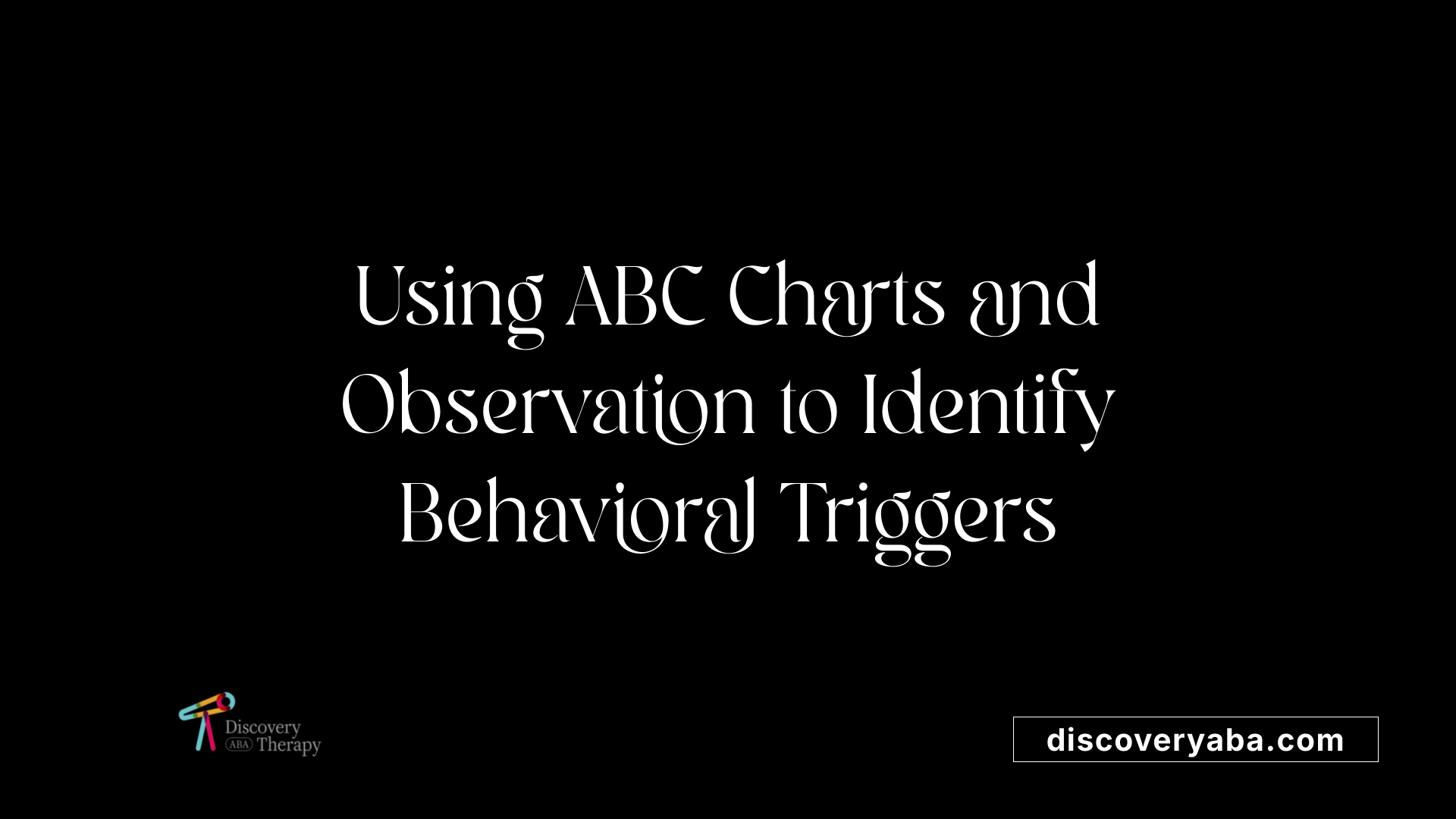
How can assessment tools like ABC charts help identify behavioral triggers?
Assessment tools like ABC charts are invaluable for pinpointing what causes challenging behaviors by systematically documenting the Antecedents (what happens before the behavior), the Behavior itself, and the Consequences (what happens afterward). By recording these elements consistently, caregivers can analyze patterns over time, revealing specific triggers such as environmental factors, emotional states, or physical needs like hunger or fatigue. Understanding that behaviors often serve as a form of communication or expression of feelings allows for a nuanced approach to intervention. The analysis typically uncovers links between the context and the behavior, guiding targeted strategies such as environmental adjustments or teaching coping skills. Overall, ABC charts serve as a structured method to understand the root causes of behaviors, enabling more effective management and support plans.
What is the role of observation and recording in trigger identification?
Observation and recording are foundational in the process of identifying triggers. They enable caregivers and professionals to gather concrete, real-time data about when and where challenging behaviors occur and what circumstances surround them. By systematically noting details such as time of day, location, involved individuals, activities, and environmental conditions, they construct a detailed picture of the behavior’s context. This information helps in recognizing patterns—such as behaviors that happen more frequently during transitions or in noisy environments—and distinguishing between random incidents and consistent provoking factors. Precise documentation supports a functional analysis, aiding in development of tailored behavioral interventions. Without careful observation, understanding complex behavioral influences would be much more difficult, potentially delaying effective support.
How can analyzing patterns over time improve trigger understanding?
Examining behavioral data across days and weeks enhances understanding of triggers by revealing recurring themes or specific situations that precede challenging behaviors. Consistent recording of incidents allows caregivers to identify correlations—such as behaviors linked to certain times of day, particular locations, or specific activities—that suggest underlying needs or stressors. Recognizing these patterns allows for proactive management, such as modifying routines, environments, or teaching coping mechanisms related to identified triggers. This approach helps prevent escalation and reduces the frequency of episodes. Over time, behavioral patterns highlight the root causes more clearly, enabling targeted intervention strategies which significantly improve the child’s well-being and reduce challenging behaviors.
What types of internal and external factors should be considered during assessments?
In comprehensive assessments, a broad range of internal and external influences must be considered. Internally, physical health issues like pain, illness, fatigue, dehydration, hunger, or medication side effects can trigger behaviors. Emotional factors such as anxiety, trauma, depression, or frustration also play a significant role. Externally, environmental conditions—including noise levels, temperature, crowding, lack of privacy, and unfamiliar settings—are critical. Changes in routines, social interactions, and group dynamics further impact behavior. Recognizing these factors allows caregivers to address physical needs through environmental modifications or medical attention, and emotional needs through support and reassurance. A holistic approach ensures that interventions are appropriately tailored, aiming to minimize triggers and promote positive behaviors.
Physical and Environmental Triggers in Challenging Behavior
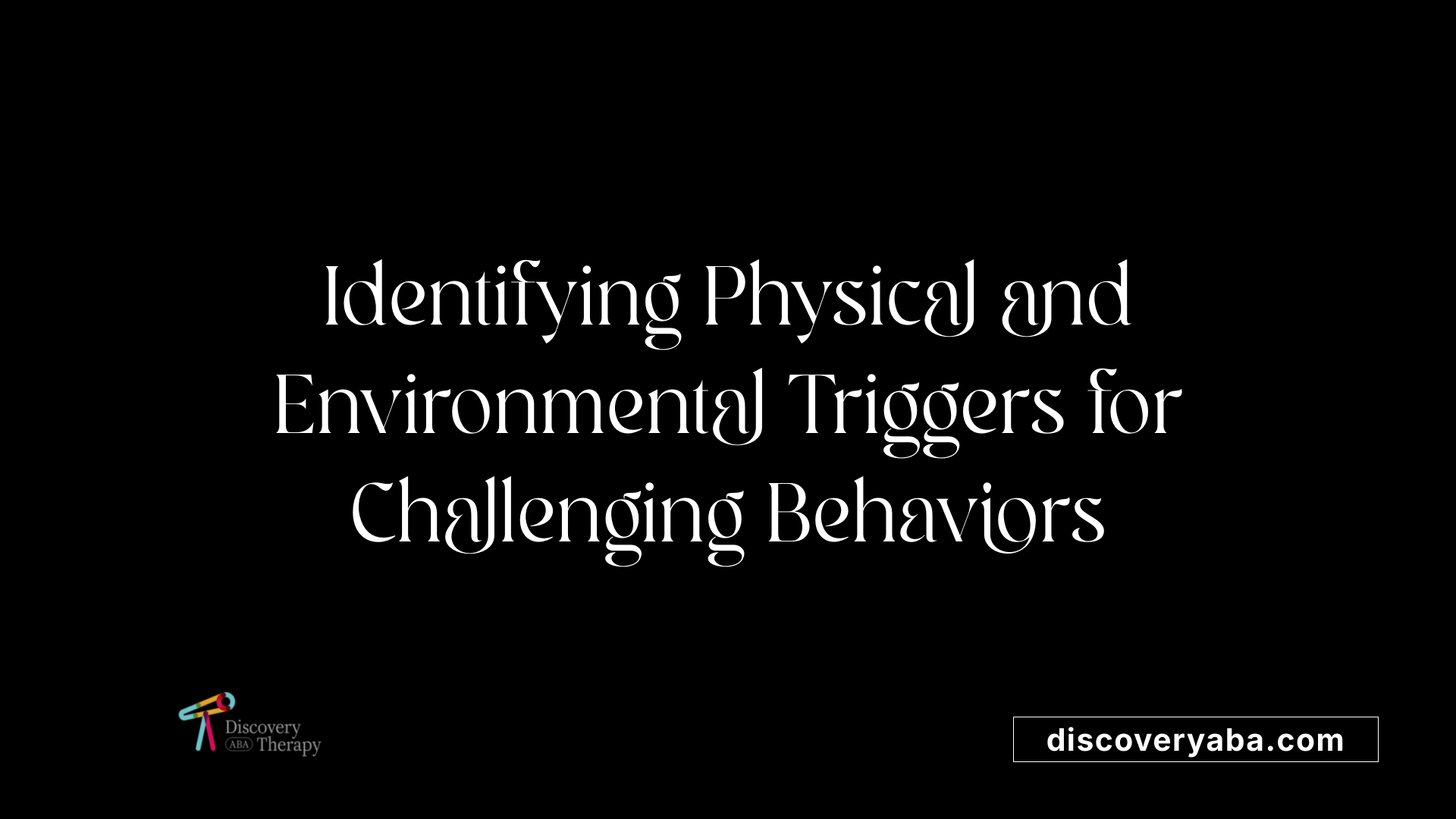
What physical triggers can cause challenging behavior?
Physical triggers are often immediate causes of challenging behaviors, signaling that a child's discomfort or health issue needs attention. These triggers include pain, illness, fatigue, dehydration, hunger, recent injury, incontinence, constipation, and unmet physical care needs. Such issues typically cause discomfort, which a child may express through behaviors like acting out, withdrawal, or agitation.
Recognizing these signs is vital, especially when behaviors change suddenly or escalate without an obvious reason. Addressing the physical trigger by providing appropriate medical care, rest, or meeting basic needs often results in a noticeable reduction of problematic behaviors. Regular health monitoring and prompt intervention can prevent or lessen challenging behaviors stemming from physical distress.
By understanding these triggers, caregivers can differentiate between behavior that indicates physical discomfort and behavioral challenges requiring behavioral intervention, leading to more effective management.
How do environmental factors act as triggers?
Environmental factors play a significant role in triggering challenging behavior, particularly when settings become overwhelming or unfamiliar. Common environmental triggers include loud noises, bright or flickering lighting, extreme temperatures, crowding, lack of privacy, and unfamiliar environments.
For many children, especially those with sensory processing difficulties or autism, these factors lead to sensory overload—a state where the brain receives more stimuli than it can process comfortably. This overload can result in behaviors like tantrums, withdrawal, or escalation into more intense actions.
Modifying the environment is an effective strategy for prevention. This might involve reducing noise levels, adjusting lighting, creating quiet corners or sensory-friendly zones, and controlling room temperature. Such modifications help reduce sensory overload, making environments more accommodating and less likely to trigger challenging behaviors.
Understanding how environmental factors affect each individual guides caregivers to create supportive spaces that promote comfort and emotional regulation.
Why is sensory overload considered a significant trigger, and how can it be managed?
Sensory overload is a major trigger because it overwhelms an individual's capacity to process sensory information. This is especially true for children with autism, sensory integration issues, or heightened sensitivities. Excessive stimuli like loud sounds, bright lights, strong smells, or tactile sensations can cause significant stress or panic.
Managing sensory overload involves proactive environmental modifications and teaching coping strategies. Practical measures include providing noise-canceling headphones, dimming or controlling lighting, creating designated quiet zones, and reducing exposure to overstimulating stimuli.
Teaching children to recognize their own signs of overwhelm and equipping them with coping tools, like deep breathing or sensory breaks, empowers them to self-regulate.
Visual supports such as schedules or social stories can prepare children for transitions and reduce unexpected stimuli that may cause overload. Early recognition and timely interventions can prevent escalation and create a safer, more supportive environment.
What role do physical health issues play in triggering challenging behaviors?
Physical health issues can be direct triggers for behaviors because discomfort or pain makes it difficult for a child to engage calmly or cooperatively. Conditions like infections, dehydration, fatigue, or unmet physical needs can lead to irritability, aggression, or withdrawal.
For example, a child suffering from ear pain or a stomach upset might become resistant to care or instruction. Such behaviors are often expressions of distress, especially if the child has limited communication skills.
Routine health assessments, prompt medical intervention, and ensuring basic needs are met are critical preventive measures. Addressing the root physical issues not only enhances overall well-being but also significantly reduces instances of challenging behavior.
By paying attention to physical health as a trigger, caregivers and professionals can adopt a more holistic approach, combining medical management and behavioral support to improve quality of life and reduce behavioral challenges.
Behavioral Patterns and Stage Recognition
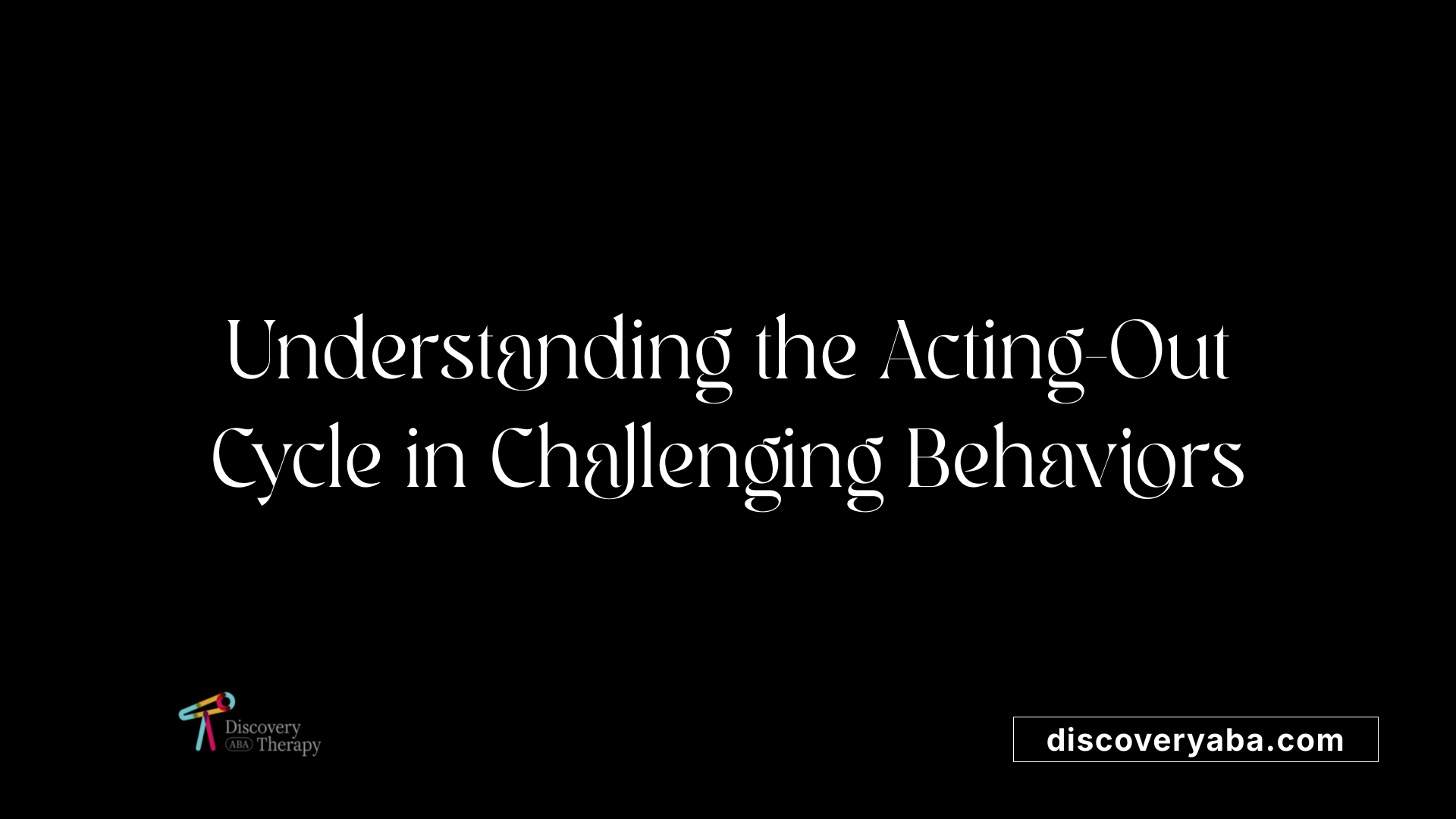
What is the acting-out cycle in challenging behavior?
The acting-out cycle refers to a predictable sequence that describes how challenging behaviors develop and eventually subside. It consists of several stages, beginning with a calm, cooperative phase when the individual is generally goal-oriented and socially engaged. This initial phase can be interrupted or triggered by specific events, such as environmental changes or unmet needs.
As triggers occur, the individual enters phases of agitation and acceleration, where behaviors become more intense, less controlled, and increasingly disruptive. This escalation can lead to the peak, where behaviors such as aggression, destruction, or severe tantrums may emerge.
Following the peak, the individual typically moves towards de-escalation, gradually calming down and returning to a calmer state. Recognizing each stage of this cycle enables educators and caregivers to intervene early, applying techniques like calming routines or distraction strategies.
Understanding this cycle supports preventing serious outbursts by addressing behaviors at earlier, less intense stages. It also guides responses that are compassionate, timely, and effective, ultimately helping manage challenging behaviors and fade the cycle over time.
Special Considerations for Specific Populations
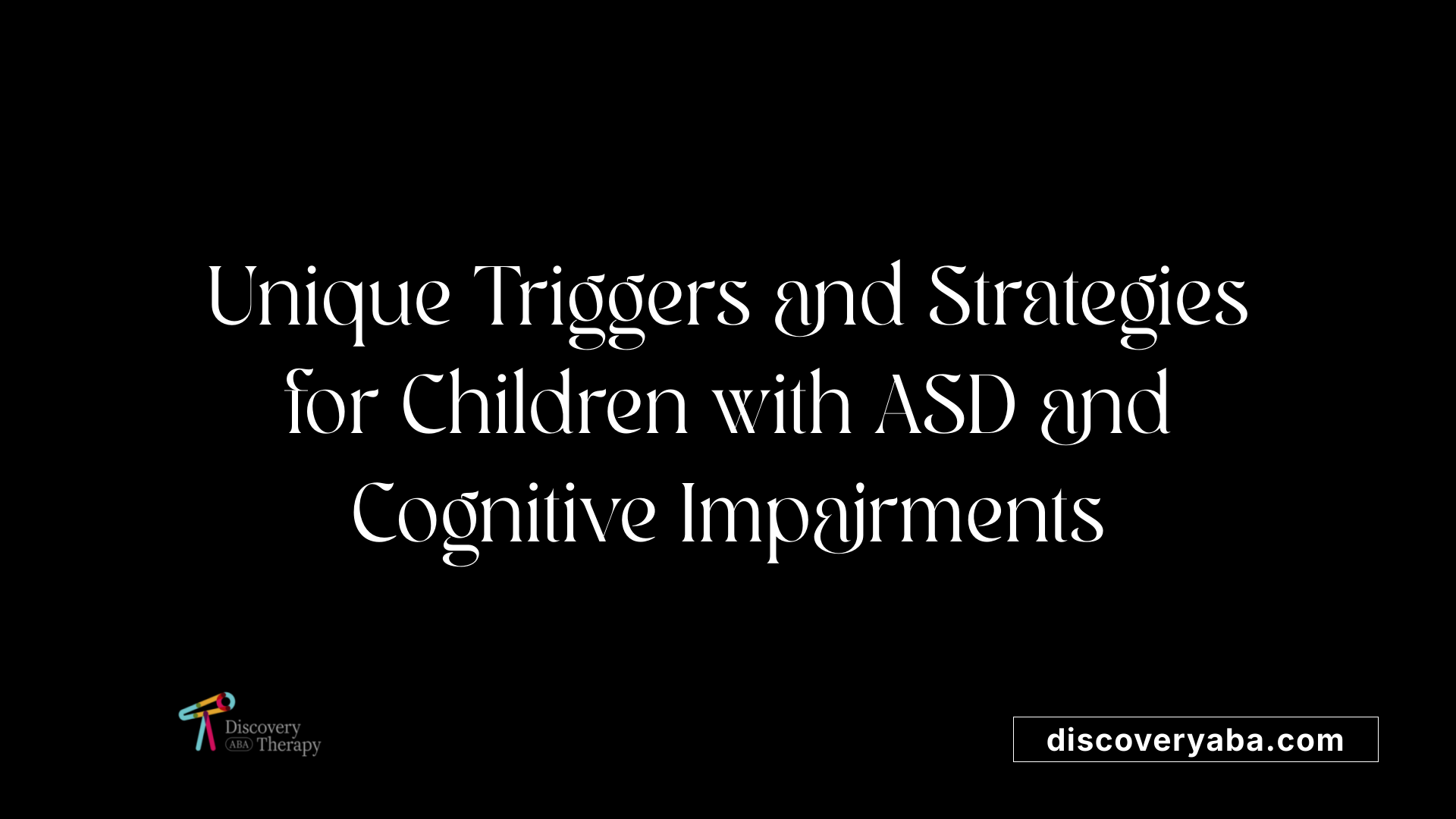
What triggers are unique to children with ASD or cognitive impairments?
Children diagnosed with Autism Spectrum Disorder (ASD) or cognitive impairments often encounter triggers that differ from neurotypical children. These triggers are closely related to their sensory processing challenges, communication barriers, and difficulty coping with change.
For instance, sensory overload caused by loud noises, bright lights, or crowded environments can prompt behavioral responses such as tantrums, withdrawal, or self-stimulation. Changes in routine or being placed in unfamiliar settings tend to induce anxiety and escalate problematic behaviors. Because communication may be limited or non-verbal, children with ASD may act out through behaviors like pointing, rocking, or other forms of non-verbal cues to express their needs or discomfort.
Understanding these specific triggers is vital for caregivers. Implementing supports such as visual schedules, sensory breaks, or social stories can help children process their environment better and prevent episodes of escalation. Tailoring interventions to address individual sensitivities and routines ensures a supportive approach that minimizes challenging behaviors.
How do sensory sensitivities affect trigger identification in special populations?
Sensory sensitivities play a significant role in identifying triggers among children with ASD or sensory processing difficulties. These children are often more sensitive to stimuli that most people tolerate comfortably, such as certain sounds, textures, or visual stimuli.
When overstimulation occurs, it can lead directly to challenging behaviors like outbursts, avoidance, or repetitive actions. Recognizing the early signs of sensory overwhelm—such as covering ears, fussiness, or withdrawal—enables caregivers to intervene promptly. Modifications like reducing ambient noise, dimming lights, or providing sensory supports such as weighted blankets or fidget toys can significantly reduce the risk of triggers.
Creating an environment that caters to each child's sensory profile supports emotional regulation and reduces the frequency of behavioral outbursts. Early identification of sensory overload signs ensures timely adjustments to help the child stay calm and engaged.
How can strategies be adapted for children with special needs?
Strategies for managing challenging behavior in children with ASD or cognitive impairments must be highly individualized. Caregivers should focus on understanding each child's unique triggers, sensory sensitivities, and communication preferences.
Using visual supports—like schedules, social stories, or cue cards—helps clarify expectations and reduce anxiety related to uncertainty. Sensory accommodations such as providing a quiet space, using weighted blankets, or incorporating sensory breaks can help children self-regulate.
Consistent routines, offering choices, and teaching coping skills empower children to respond to triggers more adaptively. Collaboration with specialists such as occupational therapists or behavior analysts is often beneficial to develop tailored support plans.
Patience and flexibility are essential. As children grow and their needs evolve, strategies should be reviewed and adjusted to support ongoing positive behavioral development. A holistic, person-centered approach maximizes the likelihood of success and improves quality of life for children with special needs.
| Aspect | Focus | Example Supports |
|---|---|---|
| Triggers | Unique sensory or environmental factors | Sensory breaks, noise-canceling headphones |
| Environment | Tailored sensory environment | Dimmed lighting, quiet zones |
| Communication | Visual supports & tools | Visual schedules, social stories |
| Routine | Consistent routines | Predictable daily schedules |
| Collaboration | Working with specialists | Occupational therapy, behavior analysis |
| Patience & Flexibility | Adjusting strategies | Regular review and adaptation |
Understanding and addressing the individual needs of children with ASD and cognitive impairments promotes more effective management of challenging behaviors and supports their development and well-being.
Final thoughts on Trigger Identification
Identifying triggers for challenging behavior is a vital step toward effective management and support. Through careful observation, documentation, and assessment tools like ABC charts, caregivers and professionals can understand the specific reasons behind behaviors. Recognizing physical, environmental, emotional, and developmental factors allows for tailored interventions that reduce the frequency and intensity of problem behaviors. Ongoing education, patience, and collaboration are essential in creating supportive environments where children can learn to communicate their needs more effectively and develop self-regulation skills. Ultimately, a thorough understanding of triggers leads to improved well-being for individuals and safer, more positive settings for everyone involved.
References
- [PDF] Identifying Triggers of Challenging Behaviour from an ABC Chart
- Identifying your child's behavior triggers - Understood.org
- [PDF] Finding the Reasons for Challenging Behaviour: Part 2
- [PDF] Navigating Through Challenging Behaviors - DSHS
- Behaviours That Challenge: Triggers and Prevention
- Comprehensive Assessment of Triggers for Behaviours of Concern ...
- 5 Tips for Identifying What Might Be Triggering Problem Behavior
Does Your Child Have An Autism Diagnosis?
Learn More About How ABA Therapy Can Help
Find More Articles
Contact us
North Carolina, Nevada, Utah, Virginia
New Hampshire, Maine
Arizona, Colorado, Georgia, New Mexico, Oklahoma, Texas
.avif)

















.jpeg)





















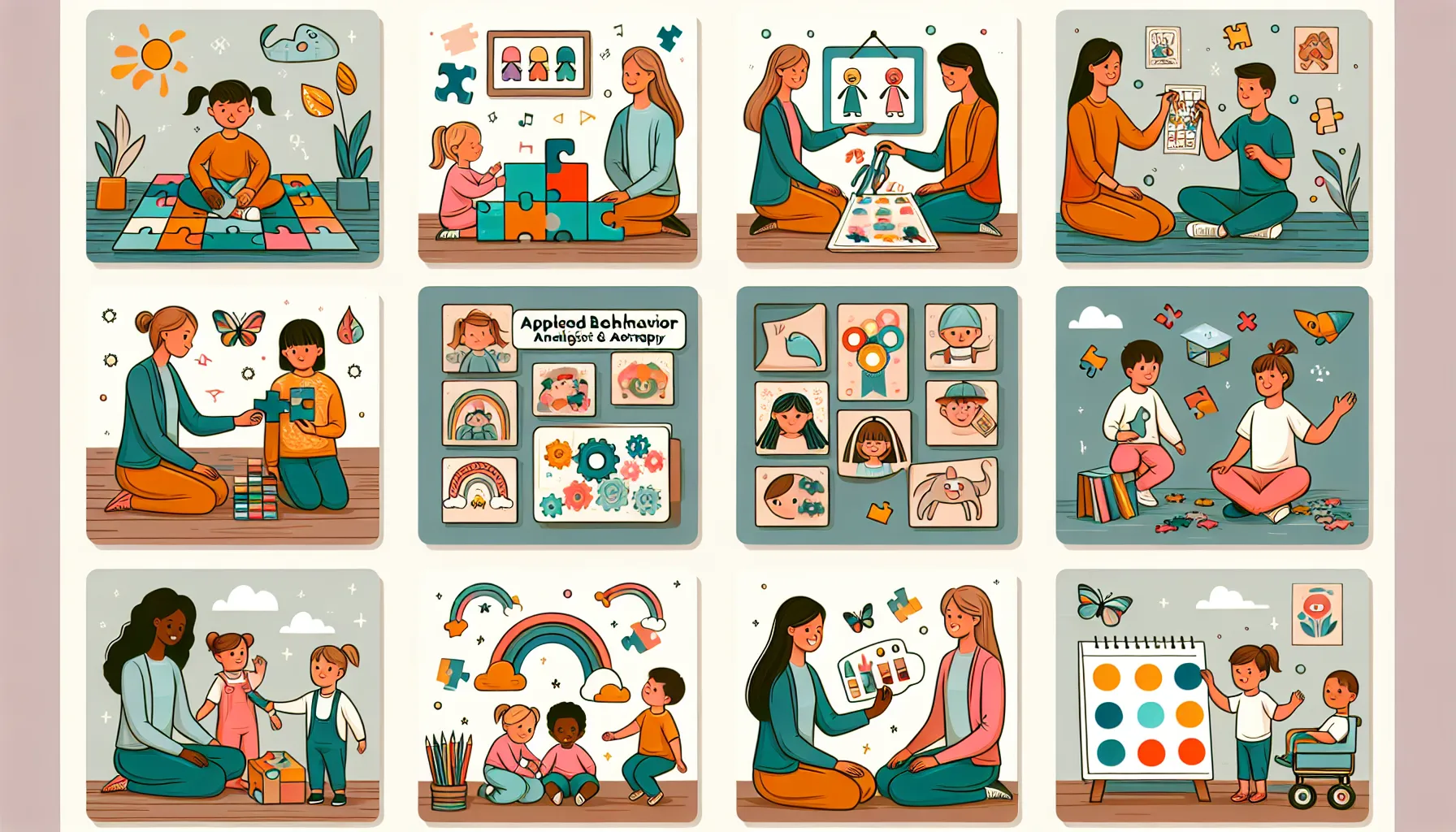





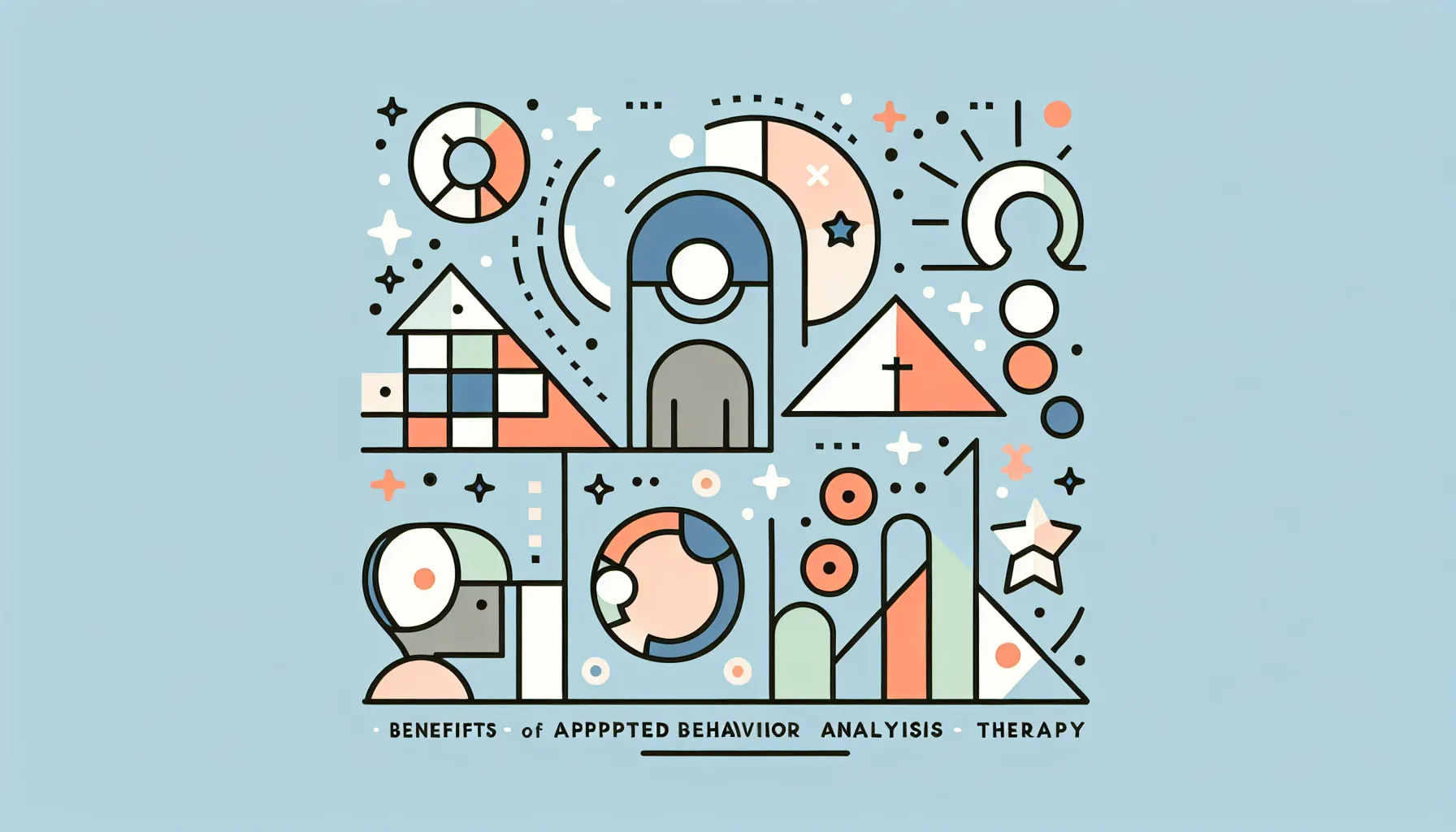






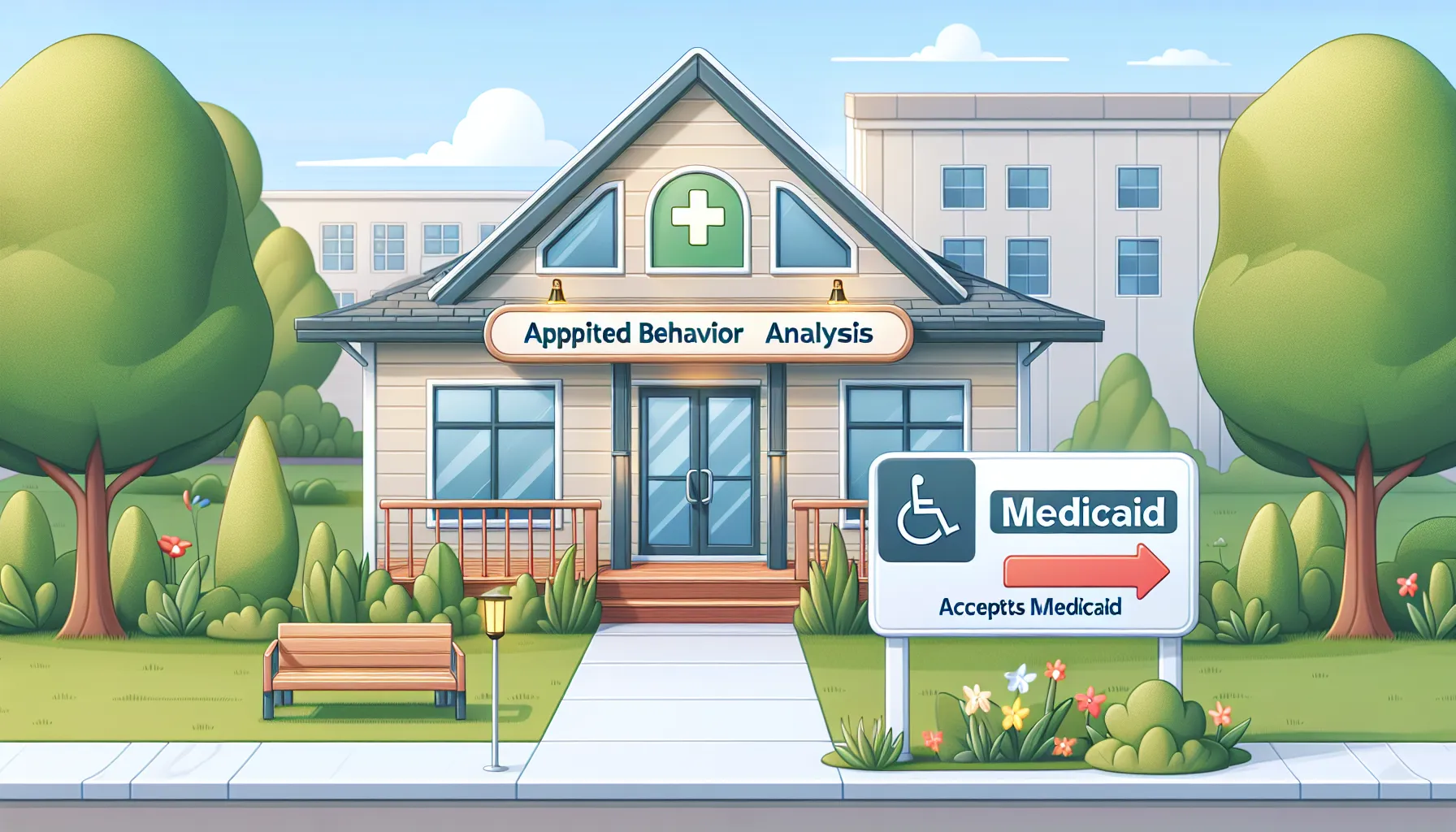









.jpeg)







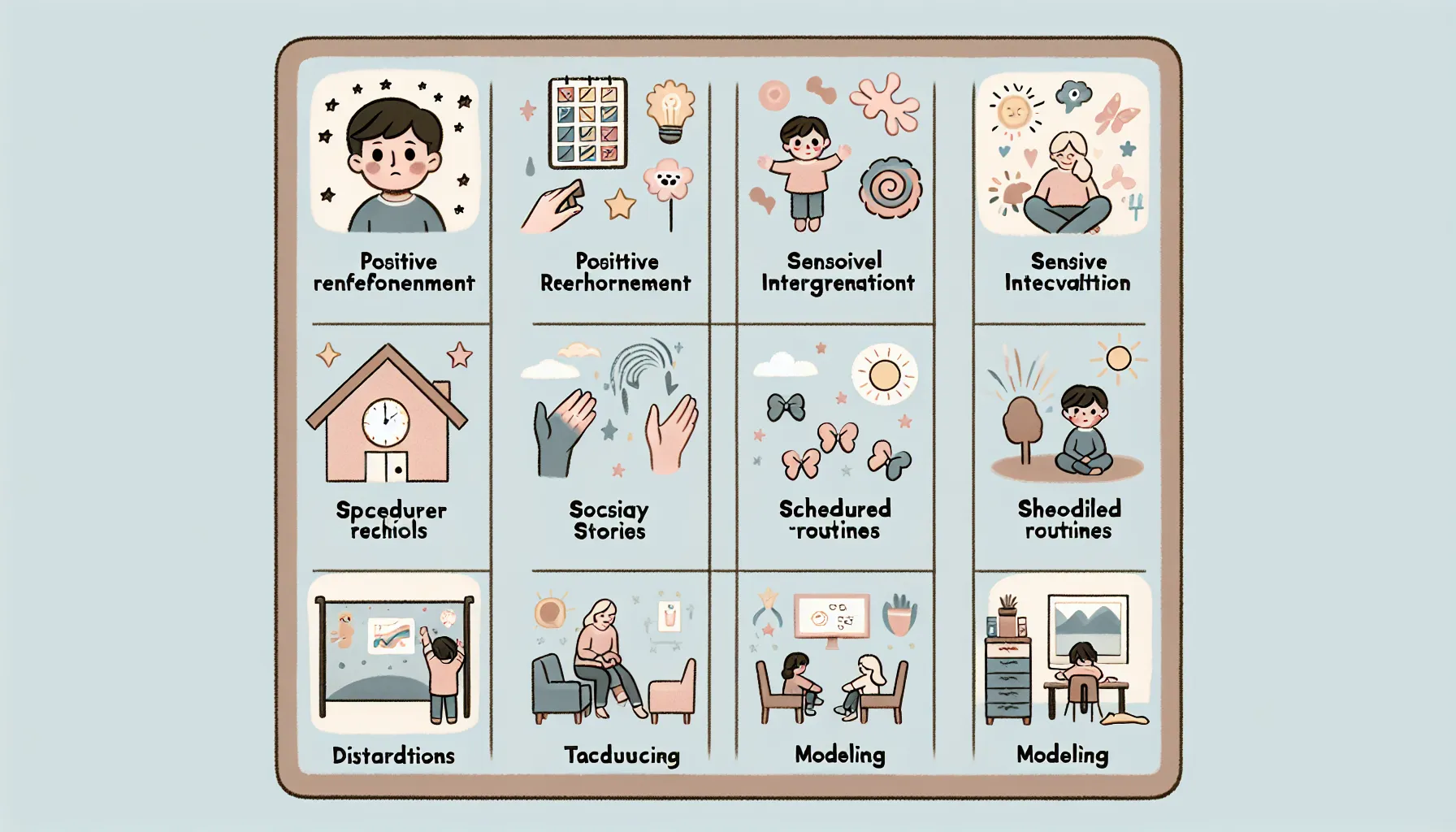

.jpeg)
.jpeg)



.jpeg)




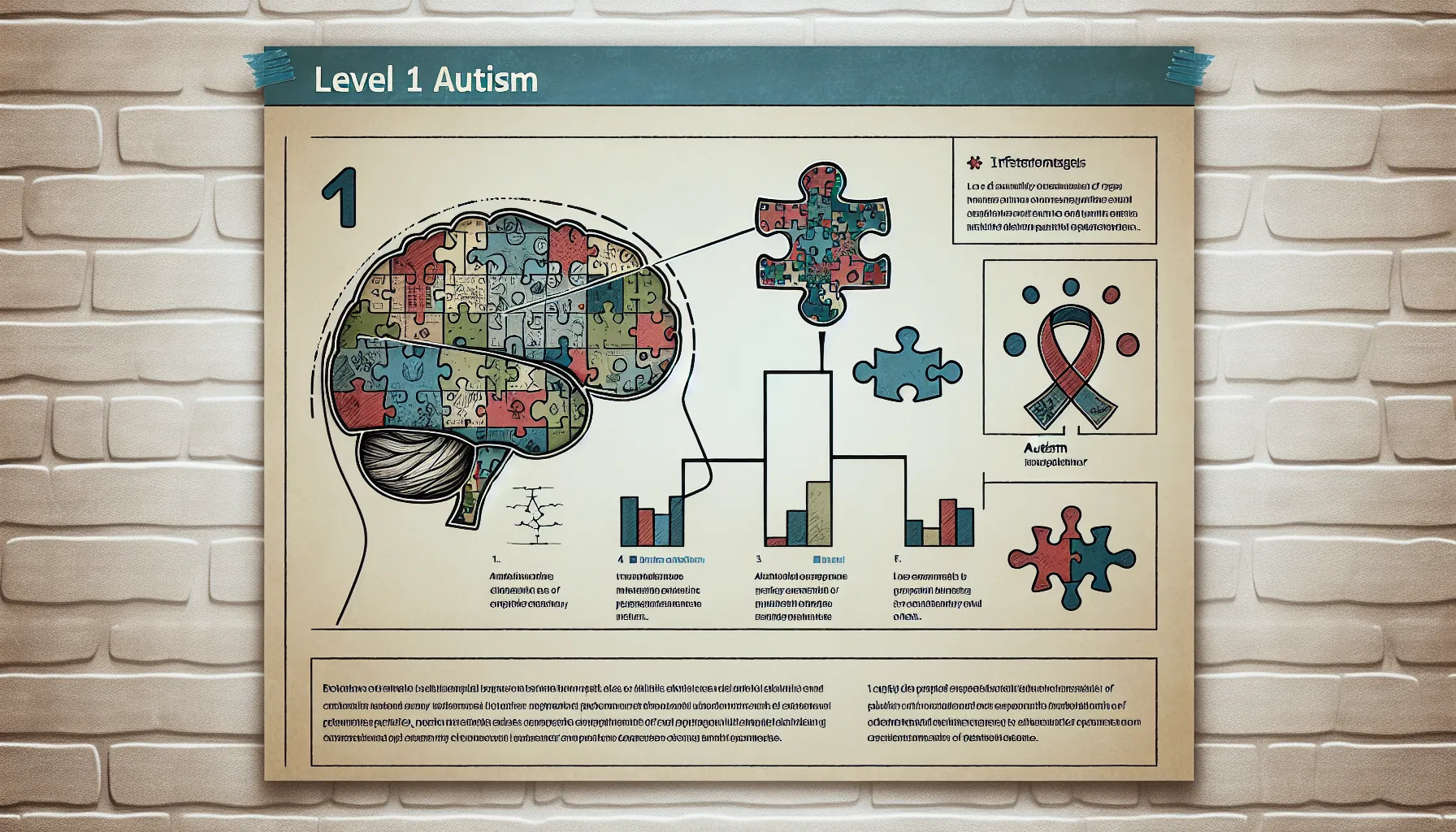

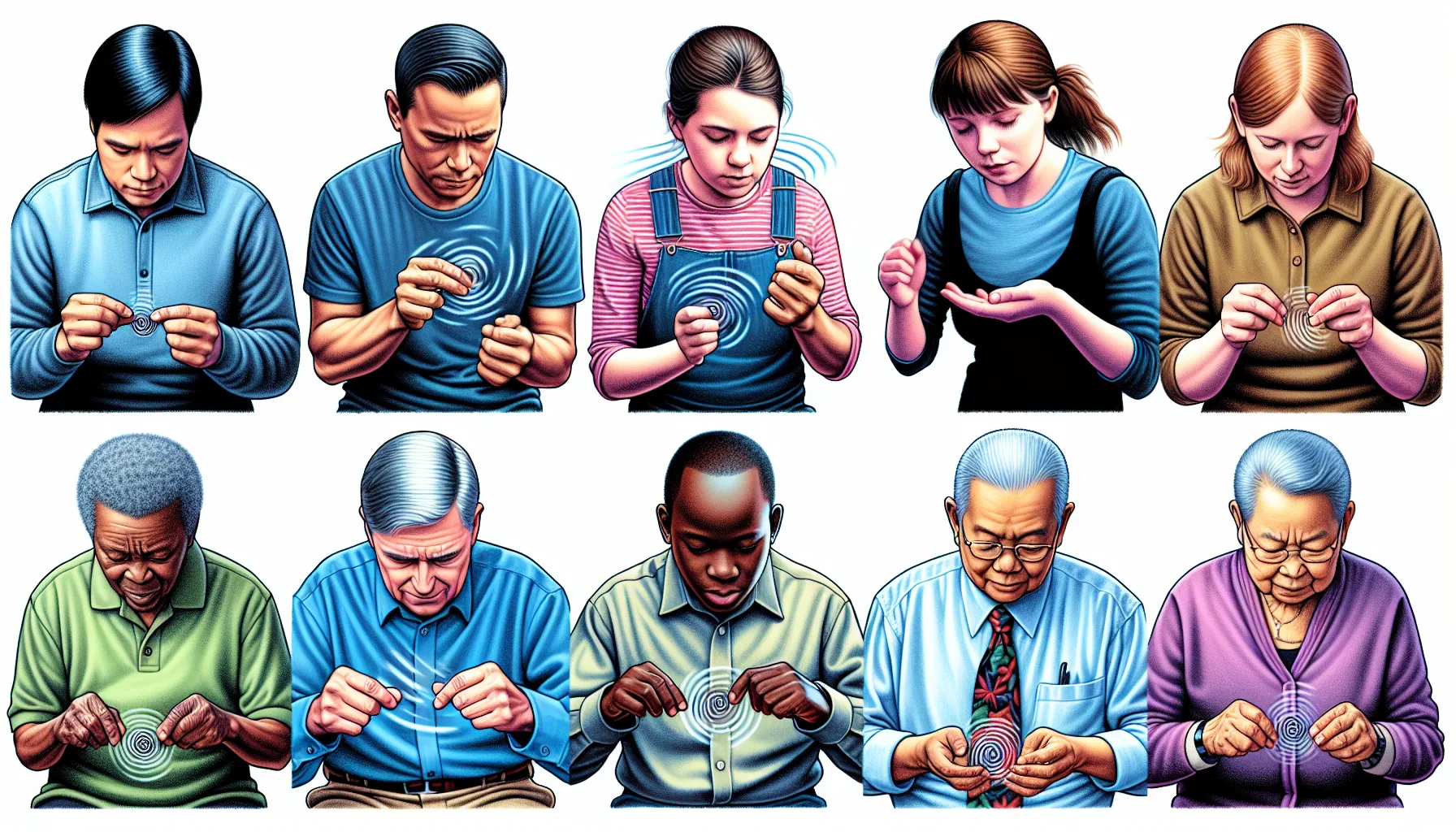









.jpeg)
.jpeg)

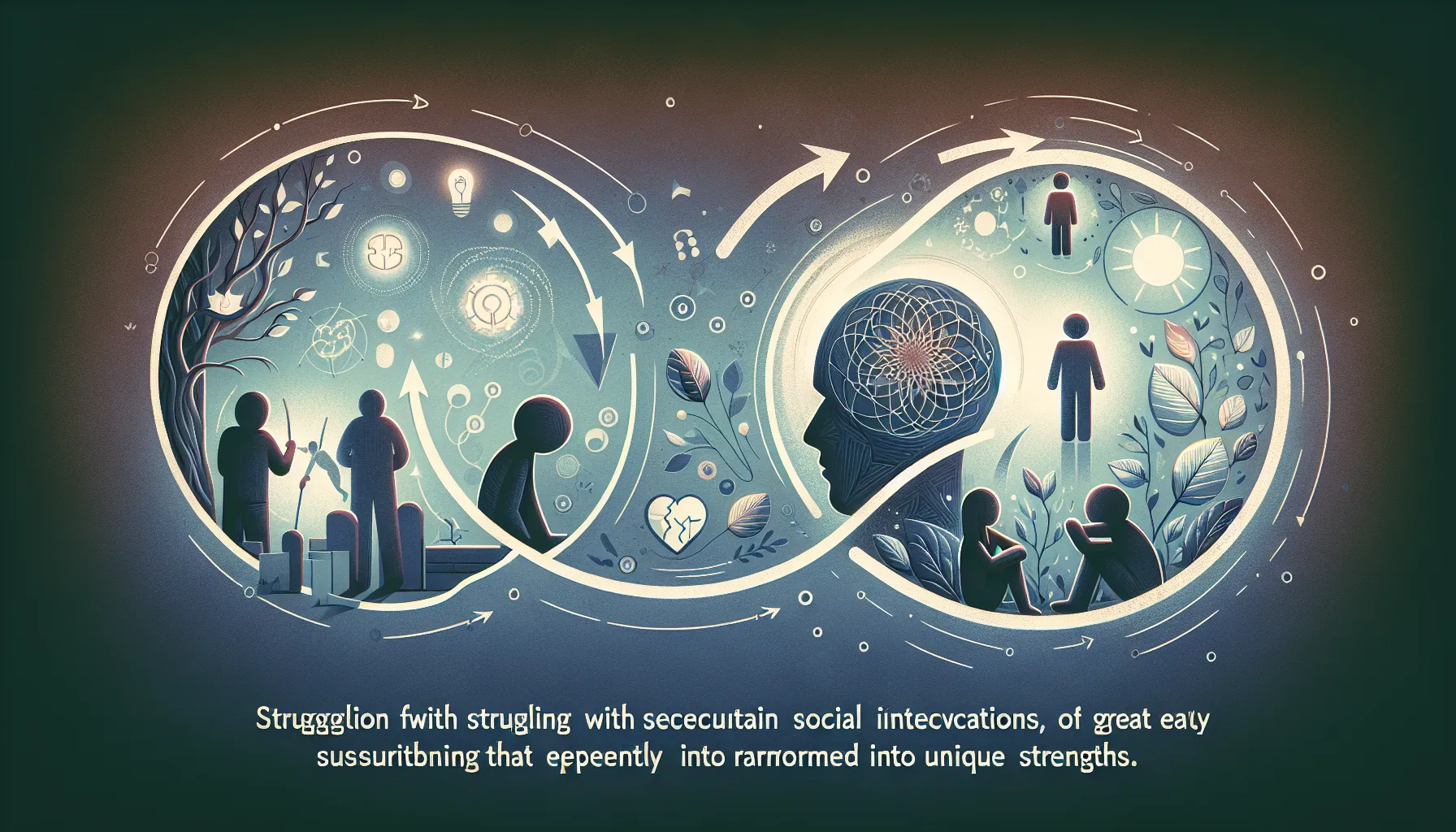

.jpeg)
.jpeg)
